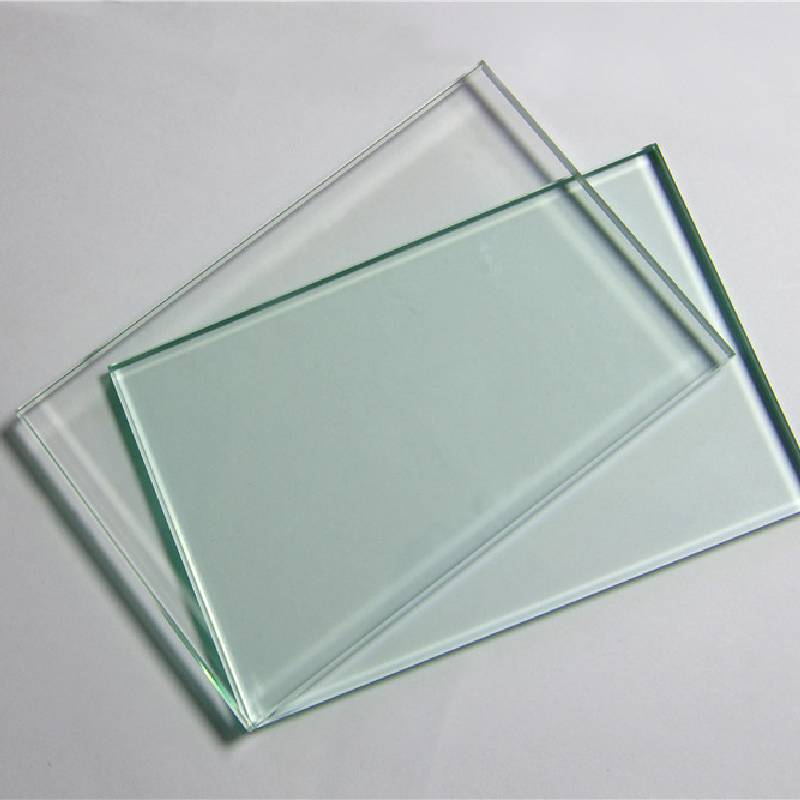

Understanding Low-E (Low Emissivity) 4 Glass The Benefits and Applications
Low-E (Low Emissivity) glass has emerged as a pivotal innovation in the realm of building materials, particularly in the construction and renovation of energy-efficient homes and commercial buildings. The term Low-E refers to a thin coating applied to glass that reflects infrared light while allowing certain wavelengths of visible light to pass through. This unique property contributes significantly to energy conservation and enhances indoor comfort. In this article, we will explore what Low-E 4 glass is, its benefits, and its applications.
What is Low-E 4 Glass?
Low-E 4 glass is a specific type of low-emissivity glass that features a silver-based coating. This coating reduces the amount of heat entering a building, making it especially effective in climates with harsh summers. Unlike standard glass, which can let in excessive sunlight and heat, Low-E 4 glass reflects a significant portion of this infrared radiation back outside. This enables buildings to maintain a comfortable indoor temperature without over-relying on air conditioning systems, which can lead to significant energy savings.
Key Benefits of Low-E 4 Glass
1. Energy Efficiency One of the most significant benefits of Low-E 4 glass is its ability to improve energy efficiency. By reflecting heat away in the summer and retaining it in the winter, this glass helps homeowners and businesses reduce their energy bills. According to studies, buildings using Low-E glass can see energy savings of up to 20-30%.
2. Enhanced Comfort Low-E 4 glass promotes a more comfortable indoor environment by minimizing temperature fluctuations that cause discomfort. It helps to eliminate drafts near windows and provides a consistent temperature throughout the space.
3. UV Protection This type of glass also offers protection against ultraviolet (UV) rays. While some sunlight is essential for indoor spaces, excessive UV exposure can lead to fading of furniture, carpets, and artwork. Low-E 4 glass significantly reduces UV transmission, preserving the aesthetics and longevity of interior furnishings.

4. Noise Reduction In addition to its thermal properties, Low-E 4 glass can also assist in sound insulation. The denser glass structure, combined with its coating, can reduce external noise, providing a quieter and more peaceful indoor environment.
5. Environmental Impact By reducing energy consumption and improving insulation, Low-E 4 glass contributes to lower carbon emissions. As society moves toward sustainability, incorporating energy-efficient materials like Low-E glass is essential in green building practices.
Applications of Low-E 4 Glass
Low-E 4 glass is widely used in residential and commercial applications. Its properties make it ideal for windows in homes, offices, and skyscrapers. Many modern constructions prioritize energy efficiency, and Low-E 4 glass is often a standard choice for new builds and renovations. Moreover, its use in skylights and glass doors is increasingly popular, allowing natural light while controlling heat gain.
In addition, Low-E 4 glass is frequently employed in retail spaces where the display of goods must be emphasized without compromising energy efficiency. It allows businesses to showcase products in a well-lit atmosphere while keeping energy costs manageable.
Conclusion
Low-E 4 glass represents a crucial advancement in the development of high-performance building materials. Its ability to reflect infrared light while allowing visible light to enter makes it a versatile and valuable option for energy efficiency. With benefits including cost savings, enhanced comfort, and environmental impact reduction, it is no wonder that Low-E 4 glass is gaining popularity in both residential and commercial sectors. As we continue to prioritize sustainable building practices, Low-E glass will undoubtedly play a significant role in shaping the future of construction.